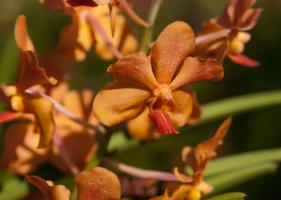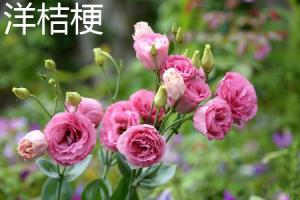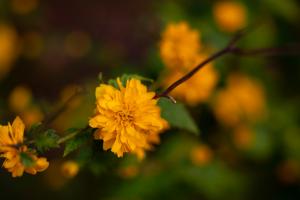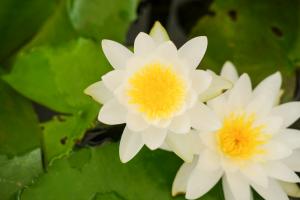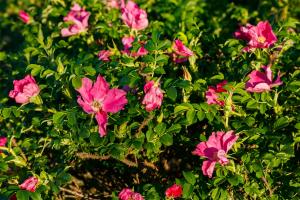Can You Plant Bee Balm Seeds in the Fall?
Bee balm is a beautiful and functional addition to any garden or landscape. Not only do bees love it, but it also adds a pop of color to your yard with its bright blooms. But when is the best time to plant bee balm seeds? Can you plant bee balm seeds in the fall? Let's explore.
What is Bee Balm?
Bee balm, also known as Monarda, is a herbaceous perennial plant that is native to North America. It can grow up to three feet tall and has a unique, spicy aroma. The plant produces bright, showy flowers in shades of pink, purple, and red, making it a popular choice for gardens and landscaping.
When to Plant Bee Balm Seeds
While bee balm can be planted in both spring and fall, the best time to plant the seeds is in early spring. This allows the plant time to establish itself before the heat of summer sets in. However, if you missed the spring planting window, fear not! Fall planting can still be successful with the right care.
Planting Bee Balm Seeds in the Fall
If you decide to plant bee balm seeds in the fall, there are a few things to keep in mind. First, choose a location that receives at least six hours of direct sunlight each day. Bee balm prefers well-drained soil, so make sure the area is not prone to standing water.
Next, prepare the soil by removing any weeds or debris and loosening the soil to a depth of six to eight inches. Mix in compost or other organic matter to improve soil quality.
When planting the seeds, sprinkle them on top of the soil and gently press them in. Cover the seeds with a light layer of soil or compost and water thoroughly to keep the soil moist.
Caring for Bee Balm Seeds in the Fall
After planting, continue to water the area regularly to keep the soil moist. If the weather is dry, you may need to water more frequently. Once the seedlings emerge, thin them to one plant every 18 inches or so to allow for proper spacing.
During the winter, the bee balm seeds will go through a period of dormancy. This is normal and necessary for the plant to establish itself. In the spring, the seeds will begin to grow again and you can expect to see blooms in early summer.
Conclusion
While spring is the best time to plant bee balm seeds, fall planting can still be successful with the right care. Choose a sunny location with well-drained soil, prepare the soil properly, and water regularly. With a little patience, you can enjoy the beauty and functionality of bee balm in your garden or landscape.

 how many times do yo...
how many times do yo... how many planted tre...
how many planted tre... how many pine trees ...
how many pine trees ... how many pecan trees...
how many pecan trees... how many plants comp...
how many plants comp... how many plants can ...
how many plants can ... how many plants and ...
how many plants and ... how many pepper plan...
how many pepper plan...